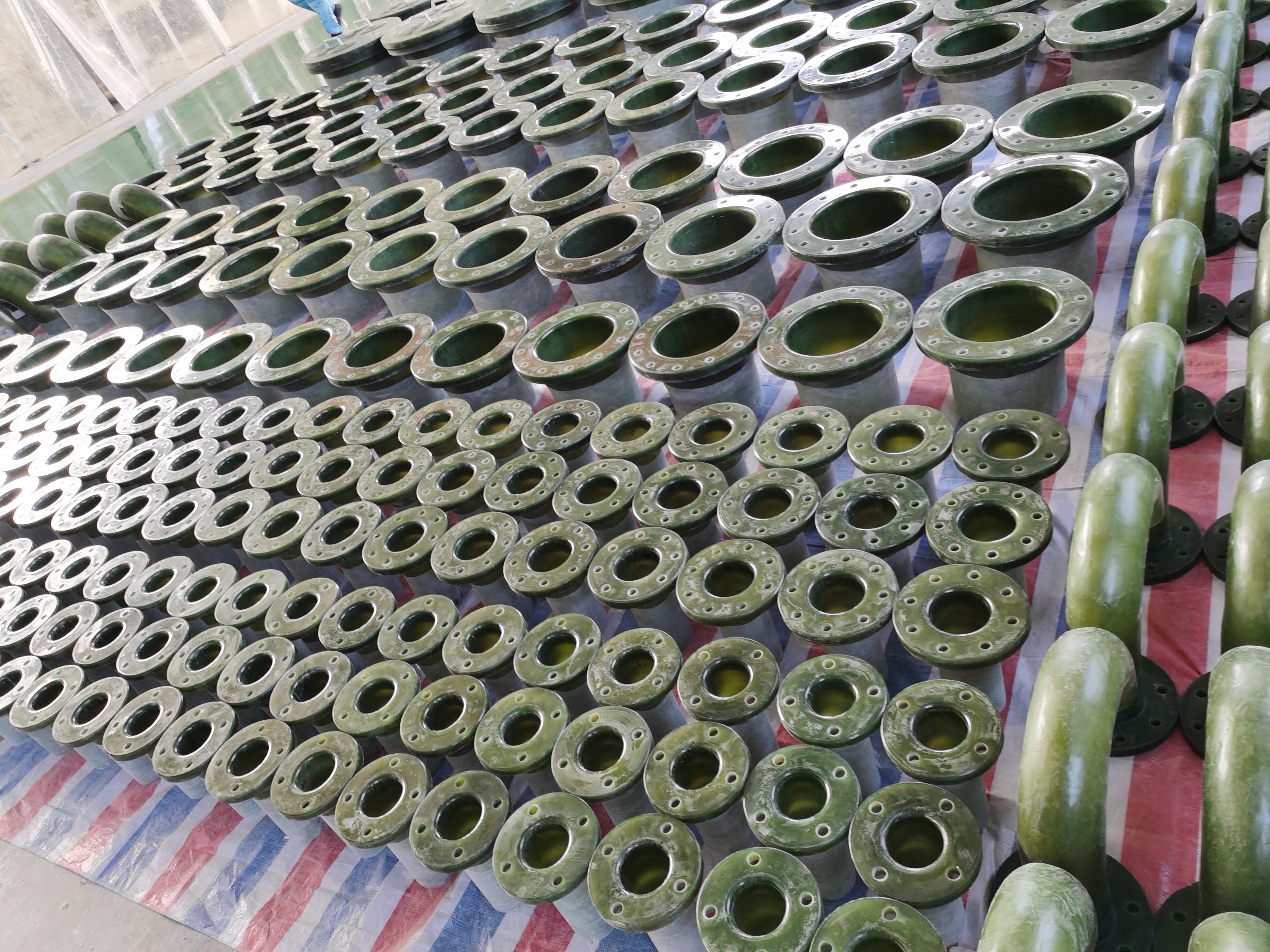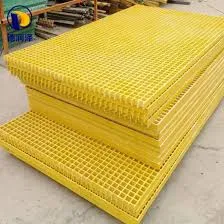
-
 Afrikaans
Afrikaans -
 Albanian
Albanian -
 Amharic
Amharic -
 Arabic
Arabic -
 Armenian
Armenian -
 Azerbaijani
Azerbaijani -
 Basque
Basque -
 Belarusian
Belarusian -
 Bengali
Bengali -
 Bosnian
Bosnian -
 Bulgarian
Bulgarian -
 Catalan
Catalan -
 Cebuano
Cebuano -
 China
China -
 China (Taiwan)
China (Taiwan) -
 Corsican
Corsican -
 Croatian
Croatian -
 Czech
Czech -
 Danish
Danish -
 Dutch
Dutch -
 English
English -
 Esperanto
Esperanto -
 Estonian
Estonian -
 Finnish
Finnish -
 French
French -
 Frisian
Frisian -
 Galician
Galician -
 Georgian
Georgian -
 German
German -
 Greek
Greek -
 Gujarati
Gujarati -
 Haitian Creole
Haitian Creole -
 hausa
hausa -
 hawaiian
hawaiian -
 Hebrew
Hebrew -
 Hindi
Hindi -
 Miao
Miao -
 Hungarian
Hungarian -
 Icelandic
Icelandic -
 igbo
igbo -
 Indonesian
Indonesian -
 irish
irish -
 Italian
Italian -
 Japanese
Japanese -
 Javanese
Javanese -
 Kannada
Kannada -
 kazakh
kazakh -
 Khmer
Khmer -
 Rwandese
Rwandese -
 Korean
Korean -
 Kurdish
Kurdish -
 Kyrgyz
Kyrgyz -
 Lao
Lao -
 Latin
Latin -
 Latvian
Latvian -
 Lithuanian
Lithuanian -
 Luxembourgish
Luxembourgish -
 Macedonian
Macedonian -
 Malgashi
Malgashi -
 Malay
Malay -
 Malayalam
Malayalam -
 Maltese
Maltese -
 Maori
Maori -
 Marathi
Marathi -
 Mongolian
Mongolian -
 Myanmar
Myanmar -
 Nepali
Nepali -
 Norwegian
Norwegian -
 Norwegian
Norwegian -
 Occitan
Occitan -
 Pashto
Pashto -
 Persian
Persian -
 Polish
Polish -
 Portuguese
Portuguese -
 Punjabi
Punjabi -
 Romanian
Romanian -
 Russian
Russian -
 Samoan
Samoan -
 Scottish Gaelic
Scottish Gaelic -
 Serbian
Serbian -
 Sesotho
Sesotho -
 Shona
Shona -
 Sindhi
Sindhi -
 Sinhala
Sinhala -
 Slovak
Slovak -
 Slovenian
Slovenian -
 Somali
Somali -
 Spanish
Spanish -
 Sundanese
Sundanese -
 Swahili
Swahili -
 Swedish
Swedish -
 Tagalog
Tagalog -
 Tajik
Tajik -
 Tamil
Tamil -
 Tatar
Tatar -
 Telugu
Telugu -
 Thai
Thai -
 Turkish
Turkish -
 Turkmen
Turkmen -
 Ukrainian
Ukrainian -
 Urdu
Urdu -
 Uighur
Uighur -
 Uzbek
Uzbek -
 Vietnamese
Vietnamese -
 Welsh
Welsh -
 Bantu
Bantu -
 Yiddish
Yiddish -
 Yoruba
Yoruba -
 Zulu
Zulu
Feb . 05, 2025 05:34
Back to list
Gratings & Covers
In the modern industrial landscape, FRP (Fiberglass Reinforced Plastic) pipes and fittings have become essential components across various sectors, providing remarkable advantages over traditional materials like steel and concrete. Owing to their corrosion resistance, lightweight properties, and versatility, FRP products play a crucial role in piping systems worldwide.
To build trust and credibility in choosing FRP systems, one should consider the extensive field performance data and case studies corroborating their effectiveness. Industries worldwide have experienced marked improvements in service life, operational efficiency, and environmental safety through the adoption of FRP solutions. The non-toxic nature of these materials aligns with sustainability goals, reducing the ecological footprint of industrial activities — a crucial consideration for companies aiming to adopt greener practices. Experience shared by industry veterans who have integrated FRP pipes and fittings into their systems often highlight a notable decrease in long-term operational costs. With negligible chances of leakage or decomposition under harsh conditions, FRP stands as a reliable barrier, ensuring fluid integrity across various applications. Testimonials echo the high-performance yield of these systems, fostering confidence among new adopters considering a transition to this advanced material. In summary, the strategic choice of FRP pipes and fittings represents more than just a product selection; it embodies a forward-looking approach integral to modern infrastructure development. The intersection of innovation and adaptability defines FRP's role, providing robust and sustainable solutions to complex industrial challenges. For enterprises seeking to enhance operational capabilities while maintaining commitment to sustainable practices, FRP remains an unrivaled option. Through continuous technological advancements and proven reliability, FRP continues to redefine the standards of today's piping solutions, earning its place as an invaluable asset in the industrial sector.


To build trust and credibility in choosing FRP systems, one should consider the extensive field performance data and case studies corroborating their effectiveness. Industries worldwide have experienced marked improvements in service life, operational efficiency, and environmental safety through the adoption of FRP solutions. The non-toxic nature of these materials aligns with sustainability goals, reducing the ecological footprint of industrial activities — a crucial consideration for companies aiming to adopt greener practices. Experience shared by industry veterans who have integrated FRP pipes and fittings into their systems often highlight a notable decrease in long-term operational costs. With negligible chances of leakage or decomposition under harsh conditions, FRP stands as a reliable barrier, ensuring fluid integrity across various applications. Testimonials echo the high-performance yield of these systems, fostering confidence among new adopters considering a transition to this advanced material. In summary, the strategic choice of FRP pipes and fittings represents more than just a product selection; it embodies a forward-looking approach integral to modern infrastructure development. The intersection of innovation and adaptability defines FRP's role, providing robust and sustainable solutions to complex industrial challenges. For enterprises seeking to enhance operational capabilities while maintaining commitment to sustainable practices, FRP remains an unrivaled option. Through continuous technological advancements and proven reliability, FRP continues to redefine the standards of today's piping solutions, earning its place as an invaluable asset in the industrial sector.
Next:
Related Products









